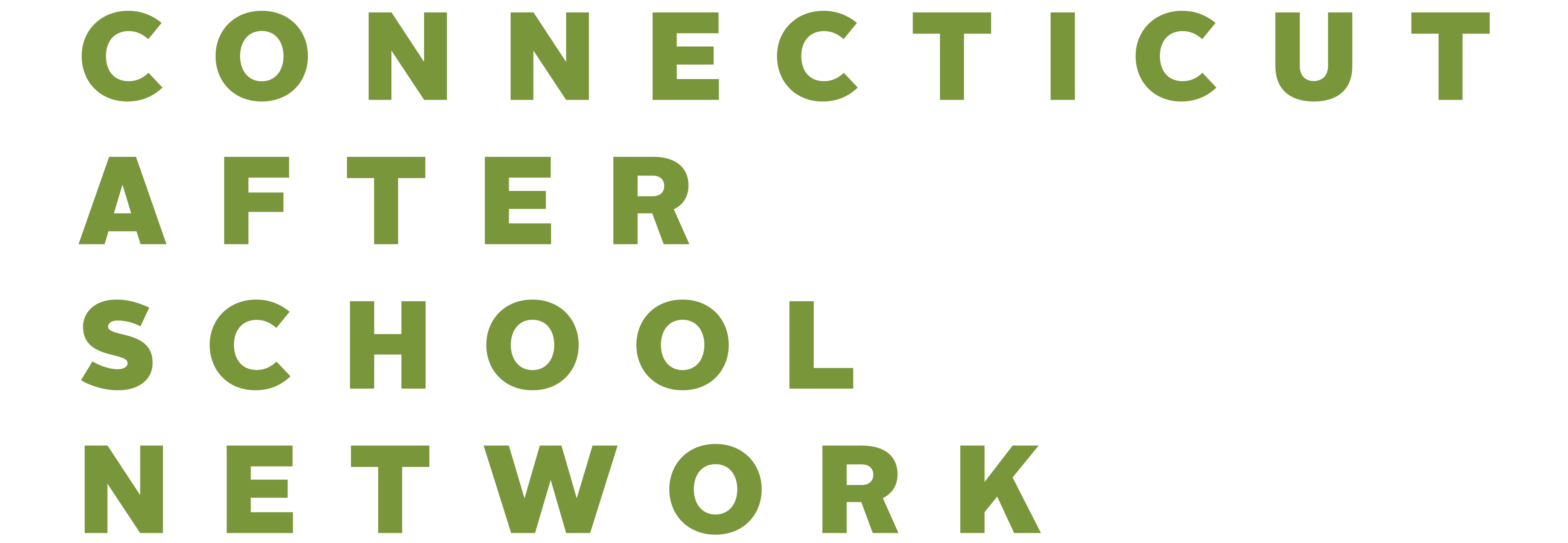Our kids are not ok. We must tap tried-and-true solutions like afterschool.
Experts have declared children’s mental health “a national emergency,” citing lockdowns, school closures, and other unprecedented challenges related to the pandemic. Young people are experiencing more anxiety, depression, anger, fear, hostility, and aggression. ER visits for teen suicide attempts have dramatically increased. Children of color and those growing up in poverty are suffering disproportionately.
Before the pandemic, here in Connecticut, 30.6% of high schoolers felt sad or hopeless. In 2022, 23.6% of youth (that’s NUMBER of kids ages 12 – 17) in Connecticut suffered from at least one major depressive episode in the past year.
Data like these feel overwhelming but a powerful network of people and programs stands ready to help.
Connecticut’s afterschool programs provide a safe, supportive space for youth-led activities that are proven to help children and teens connect, learn, and grow. Afterschool offers hands-on projects and team-building activities that foster resilience, confidence, and healthy relationships. These are local programs staffed by caring mentors who are trained to help young people develop important life skills like coping with stress and using their voice. Afterschool programs also connect young people to resources like social services and counselors who are trained in helping people heal from trauma.
Similarly, the U.S. Department of Education repeatedly highlights the importance of community partners and specifically points to the National Center on Afterschool and Summer Enrichment as a resource in its October 2021 report on supporting children’s mental health needs.
Kids, families, and experts agree about the power afterschool programs have to promote youth mental health and well-being. Now we must make them more available.
Connecticut has never had enough afterschool programs to serve all the families who want to attend.
In fact, in our state, unmet demand is higher than ever: For every youth enrolled in afterschool, 3 more are waiting to get in. That’s more than 216,000 kids who are missing out. Youth of color and those living in low-income communities, who arguably need afterschool the most, face bigger barriers to participating because of cost, lack of transportation, and lack of available programs. Closing this gap is critical for advancing equity within our state.
We must seize this moment to fund Connecticut’s afterschool programs so they can serve all families in need and help address the urgent youth mental health crisis. We can do this by providing resources that will allow programs to collaborate with schools, mental health agencies, and pediatricians. If there was ever a time to finally adequately fund afterschool programs, it’s now. These programs can be life-changing, and every child who wants to participate should have that opportunity. We can’t afford to waste another day.
Resources:
- Georgia Statewide Afterschool Mental Tool Kit

